The Moon is so close to our planet that it has been long inhabited in our imagination. In science-fiction books and the predictions of futurists it looks like a lively and stable colony of the Earth, which can be reached by an overcrowded battered space-bus from a local station. But there is something common in all these visions of the future: there is often no place for plants in those elaborately worked out worlds.
But it makes no sense to go into space without them, because it is their valiant photosynthetic shoulders that should hold a new extraterrestrial ecosystem. Sure, you can soak fast food noodles or meat concentrate in hot water, but it is much better to enjoy a fresh tomato or cucumber. It is the plants that provide the opportunity to produce high-energy, healthy food products that will support the physical and emotional health of the crew. Besides, they even create precious oxygen as a byproduct of their vital activity — it’s really a jackpot.
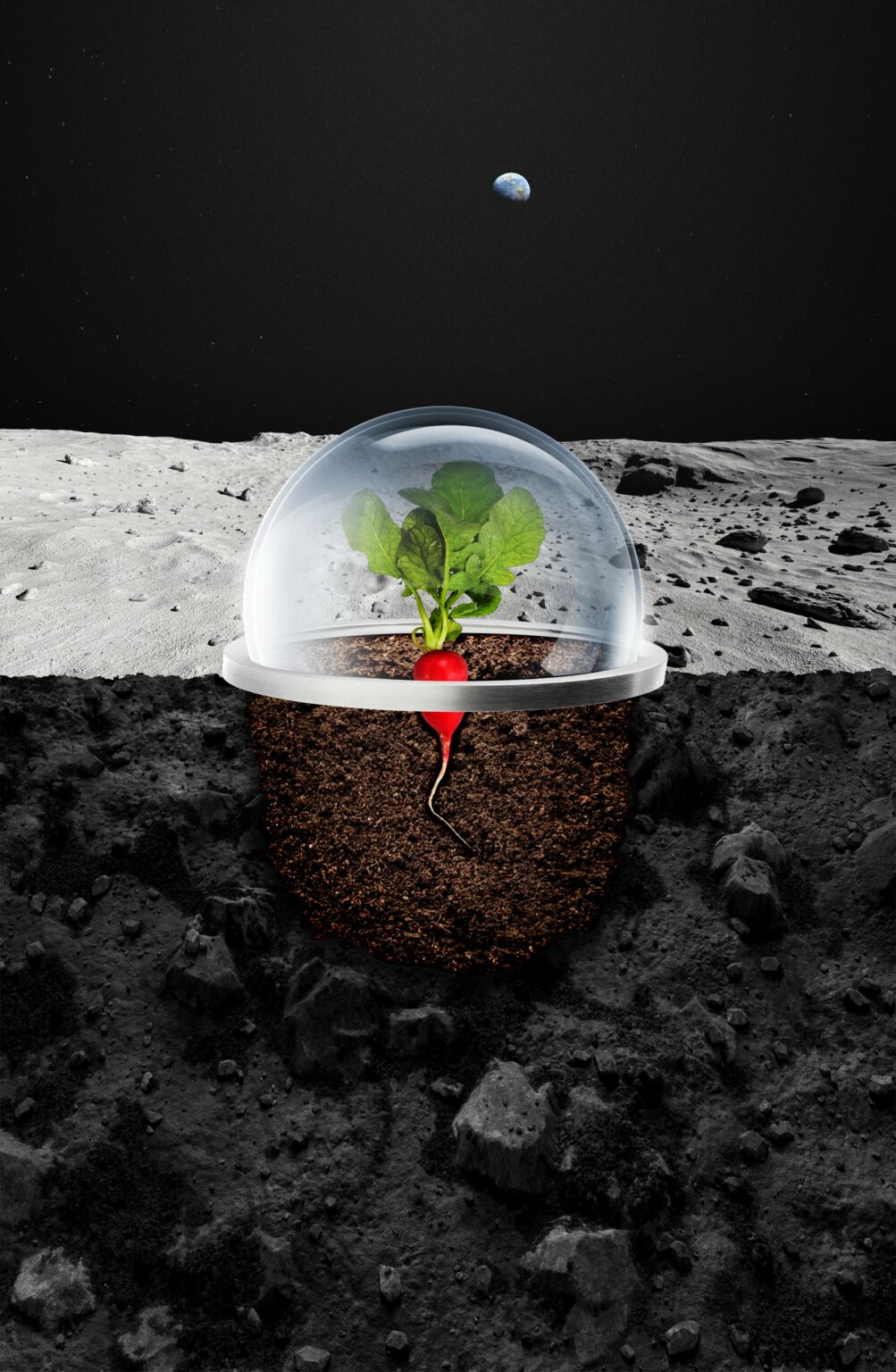
But while plants are really able to survive in extreme conditions better than even Bear Grylls, they also are weak and fragile creatures. Therefore, hopes for apple orchards on the Moon are still premature.
What obstacles can prevent us from tasting a crunchy local apple, leaning on the dome of the lunar station?
Obstacles to the creation of lunar orchards
Outside our planet, some unpleasant circumstances await the plants: lower gravity and the killer rays of cosmic radiation. It is really important to understanding the impact of these phenomena on the flora before we send humans beyond low Earth orbits. Without the protection of the atmosphere and magnetic field, life on the lunar flower garden will be quite severe.
Plants have a set of adaptations that successfully protect the genome and biochemical chains of their molecular machinery from ionizing radiation. But its level and intensity of impact on the Moon will be significantly higher than on the Earth. In many experiments on space stations, plants were successfully grown, but the conditions of the experiments were still very different from those on the Moon. The work of S. Xu and his colleagues (Xu et al., 2012) showed that the process of protein synthesis significantly changes in Thale cress (Arabidopsis thaliana) when exposed to white light and in the complete absence of a magnetic field.
A number of experiments also showed that reduced or absent gravity caused stress at the genetic level in experimental plants. An effect on the functioning of proteins involved in photosynthesis in the fern Ceratopteris richardii was found (Salmi, 2011). As for grains, the data were more encouraging — common wheat (Triticum aestivum) grown in reduced gravity did not show any significant changes in its vital activity (Stutte et al., 2006). But any rejoicing “Hoorah!”exclamations are still premature, because in another experiment peas (Pisum sativum) also showed encouraging results in microgravity conditions in the first generation, while in the fourth generation, the indicators of the synthesis of a number of its proteins differed significantly from peas grown on Earth.
When lunar conditions are simulated for flowering plants, they invariably show a higher mutation rate in experiments. Chromosome damage is even greater than when simulating gravity around Earth’s orbit. In tobacco, the frequency of mutations increased by a record 23.4% compared to terrestrial plants.
Most experiments indicate a significant effect of radiation and reduced gravity on the development of the root system, shoots and leaves, but clearly the entire complex of factors that will affect plants on the Moon can only be modeled on its surface.
In addition, plants need fertilizers, because the lunar soil is quite not as fertile as Ukrainian rich black soil.
For example, in 2014, scientists from the University of the Netherlands and the Wageningen Research Center tried to grow several wild plants as well as agricultural crops on the lunar substrate. But the plants germinated poorly and grew even less successfully. The reason was clear — rocks without organic matter do not hold water well and do not have enough nutrients. When a little compost was added, things took a turn to the better.

Fortunately, lunar dust is quite suitable for creating a combined substrate for growing flora. In many experiments, plants planted on it did not show any pathologies and were even able to obtain a number of trace elements.
One problem that still needs to be solved is high content of heavy metals in the lunar substrate. The plants will inevitably absorb them through their roots, which can turn the crop poisonous. That is why the methods of hydroponics (growing in water solutions) and aeroponics (growing in water aerosols) are considered really promising. These techniques allow reducing water consumption and controlling the chemical composition of nutrients that feed plants.
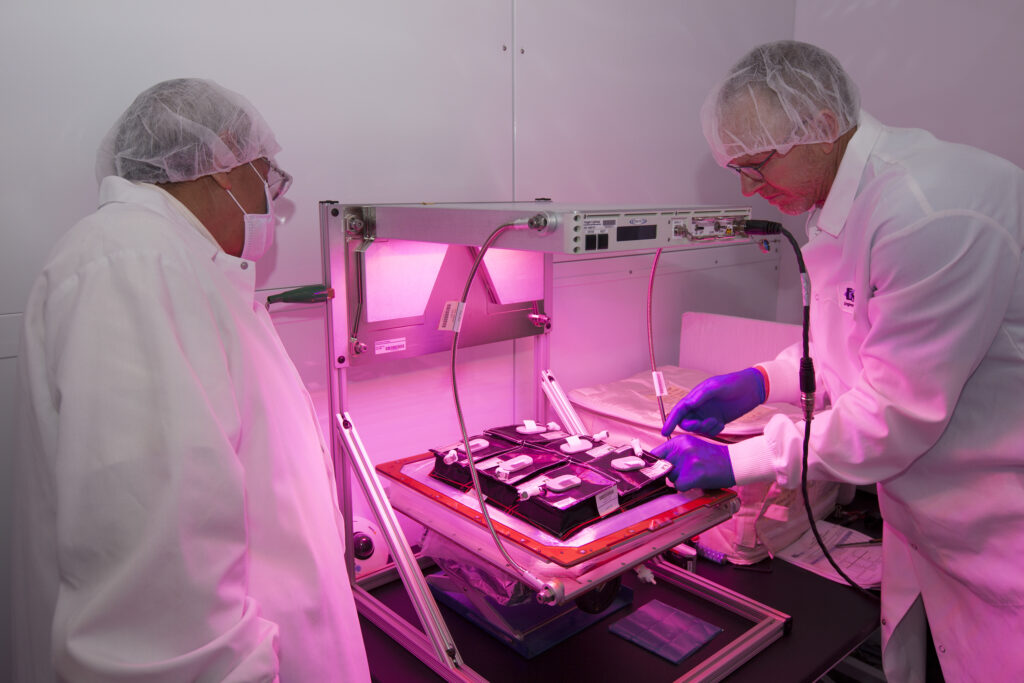
Of course, these challenges do not apply to the cultivation of algae in autonomous bioreactors, because their organization is simpler, the development cycles are shorter, and the biomass is larger. However, we will consider the possibilities of growing vascular plants, which are so common on our cozy planet.
In general, scientists are still inclined to believe that it is quite possible to grow plants on the Moon, but we are still far from understanding how to facilitate the difficult task of colonizing the Earth’s satellite by plants, at least in greenhouse environment conditions (Kordyum, 2013). But there are a number of modern scientific programs to solve these problems.
Are plants already growing on the Moon?
Plants have been grown in orbit for quite some time. For example, the ISS’s Vegetable Production System (Veggie) is successfully operating on the ISS. Thanks to it, astronauts were able to successfully grow red lettuce in 2014. The first crop was collected, frozen and returned to Earth for experiments. Just a year later, it was possible to enjoy a fresh salad in orbit. But growing in the conditions of the ISS has a significant drawback — the gravity is not lunar еhere, and there is no way to check whether there will be enough light for the plants to exist. After all, only artificial lighting is used in the greenhouses of the orbital station.
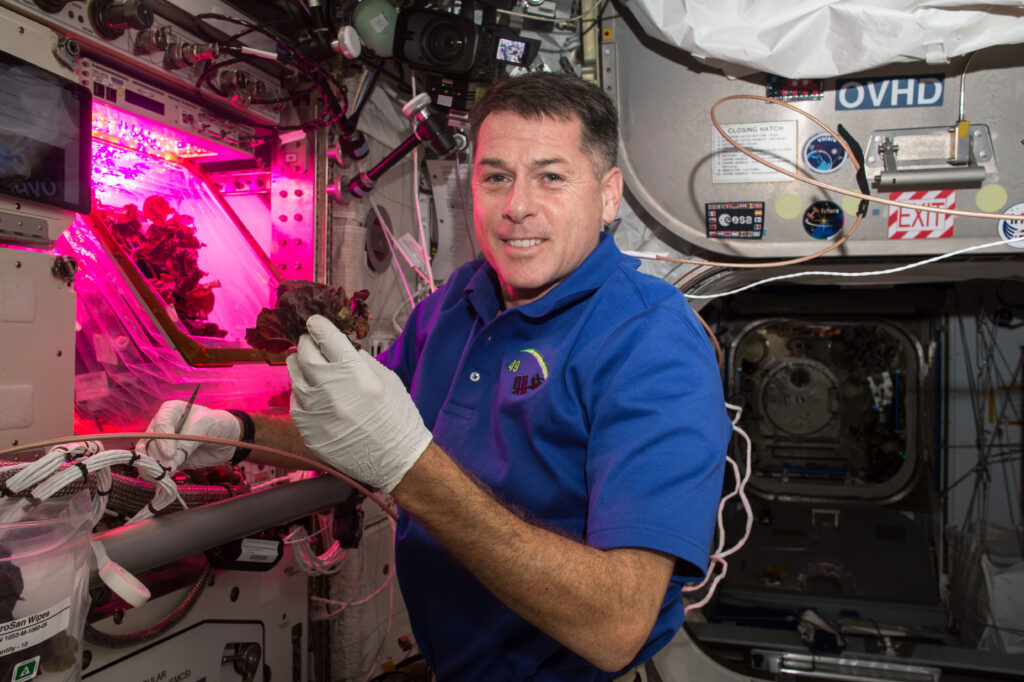
Meanwhile, other experiments are being conducted on Earth to grow plants on soils that are present on the Moon or Mars. Previous space missions have measured the composition of powdered lunar and Martian surface regoliths, so they can be reproduced as simulated soils in the laboratory.
The only experiment on growing plants on the Moon showed that they can grow there, but die quickly. The first plantation in history lasted only a few days on Earth’s satellite. In January 2019, the Chinese Chang’e-4 apparatus carried out contactless delivery of cotton, rapeseed, tomato, potato and Thale cress seeds. On January 7, scientists received an encouraging photo of the first seedlings. That was one small step for a cotton plant, but one giant step for space botany.
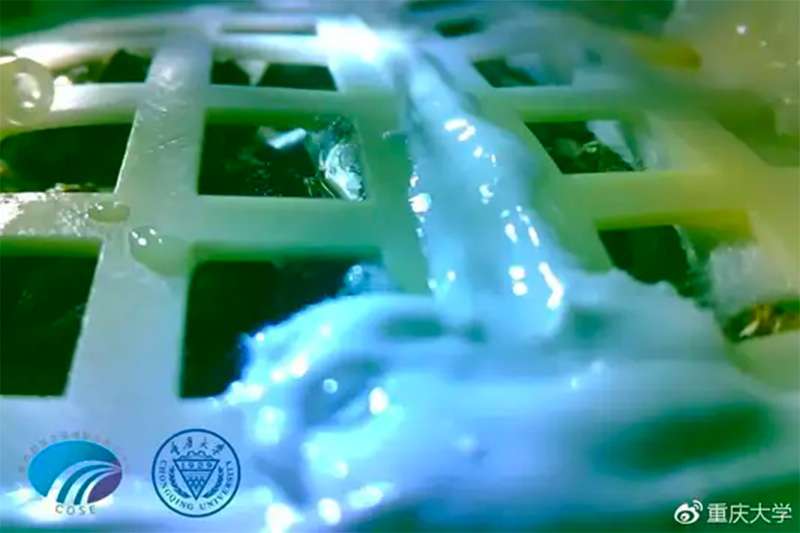
But the triumphal parade was interrupted due to the shortcomings of the equipment. On January 13, the temperature in the germination capsule dropped to -52° C, which meant the inevitable death of the seedlings. The experiment, which did not use batteries, lasted a total of 212.75 hours. The first plantation on the Moon is now gradually decomposing, but because their remains are inside a sealed container, they do not contaminate the lunar surface.
What are the ways to sustain plants on the Moon?
Scientists are constantly working on developments that would help plants survive the hardships of space travel and colonization.
One active program is ADVA SC (Advanced Astroculture), which is led by Weijia Zhou, Ph.D., of the Wisconsin Center for Space Automation and Robotics. The task of this program is to determine the conditions under which plant mortality will be lower, and the yield will be significantly higher. ADVA SC experiments were carried out during several expeditions to the ISS. During them, two generations of Thale cress (Arabidopsis thaliana) were grown. Obtaining seeds from plants grown in extraterrestrial conditions is a great success by itself.
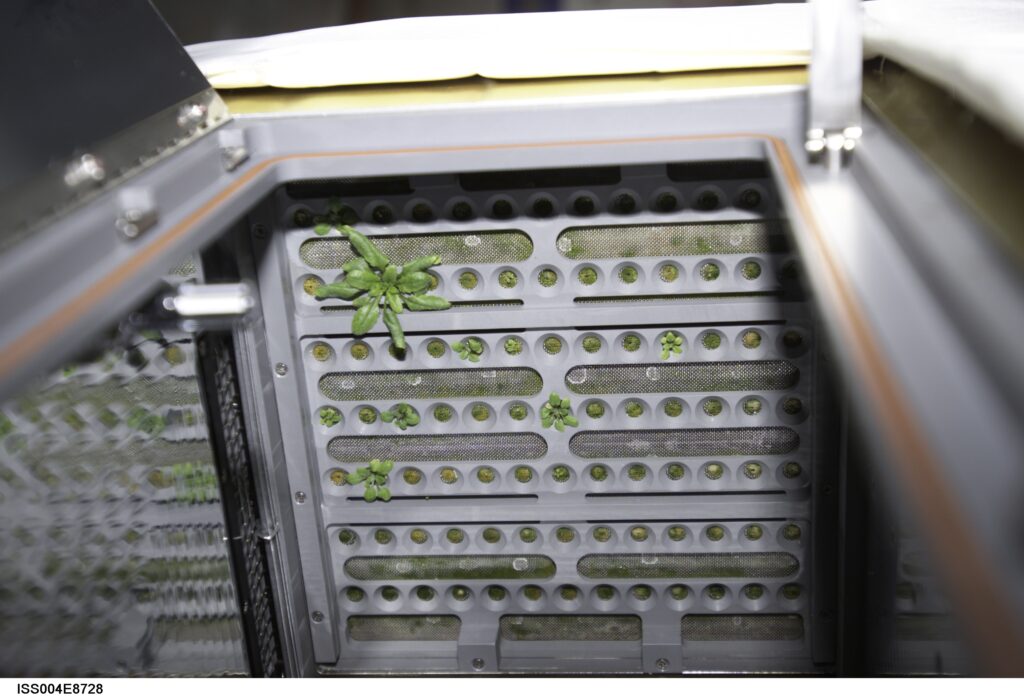
But the scientists did not stop there. They decided to prolong the life of the plants. One of the functional solutions was a device for removing ethylene. This colorless gas significantly accelerates the ripening of fruits, and therefore accelerates the death of plants and reduces the shelf life of seeds. Green bananas imported from tropical countries are treated with ethylene to turn them yellow as quickly as possible. But in the conditions of the lunar station devoid of light breaths of wind carrying extraneous gases away, the ethylene will accumulate in the air, causing plants to age faster, and the harvest will spoil.
A device developed by scientists allows to eliminate these annoyances. In the device, air is constantly passed through tubes covered with thin layers of titanium dioxide. The insides of the tubes are exposed to ultraviolet radiation, which triggers a simple chemical reaction to convert ethylene to water and carbon dioxide. From these two simple ingredients, any plant can easily “prepare” its simplest and most favorite dish — glucose.
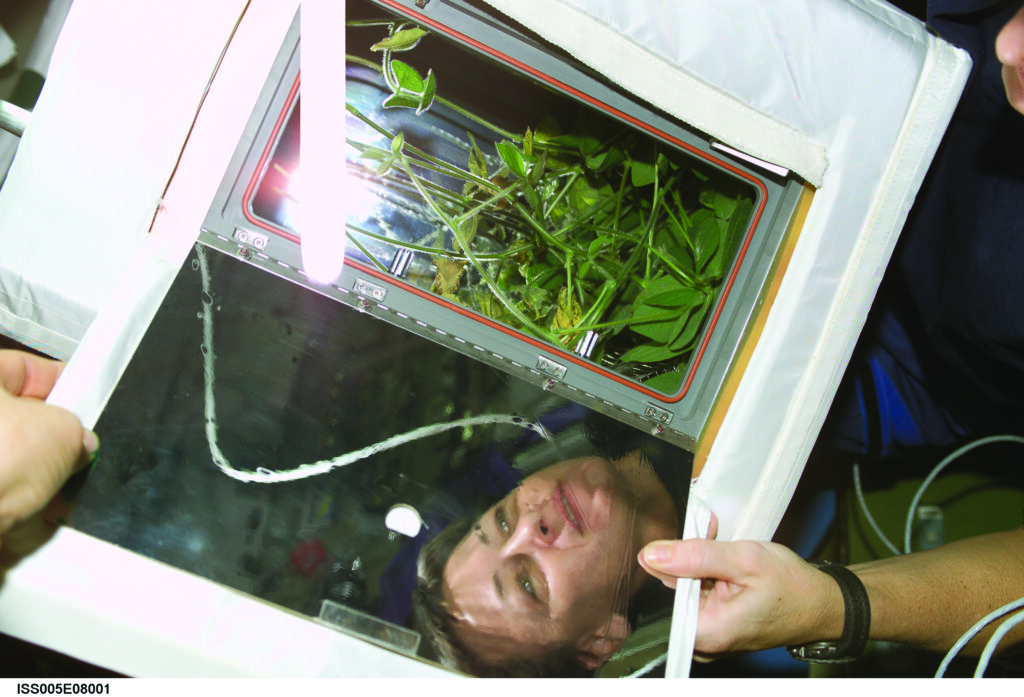
The developed device is of interest not only to space agronomists, but also to owners of flower shops and supermarkets on the Earth. Just like the prospective inhabitants of a lunar station, they are eager to preserve plants as long as possible.
KES Science & Technology Inc and Akida Holdings of the US are currently selling their Airocide technology to NASA. Since “free passengers” in the form of pests and disease-causing agents are not welcome at a space station or a lunar base, an air purifier was created that completely destroys bacteria, fungal spores and toxins, viruses, volatile organic compounds. The device has no filters that need to be replaced, and it does not create harmful by-products (such as ozone). Airocide is already welcomed by flower shop workers, because in just 24 hours of operation, the device reduces the number of fungal spores in the air by 92% and bacteria — by 58%.
The development of technologies for growing plants beyond our planet is extremely important for answering a fundamental question: will we ever be able to leave the vicinity of the Earth at all? Without plants, this idea will never come true. Space technology has always moved our civilization forward, as many household appliances were a byproduct of innovations created to explore extraterrestrial space. And already we have two practical developments to improve the cultivation of plants in space, which may well help in creating a base on the Moon and already allow solving everyday problems on Earth. With climate changes, increasing chemical pollution of ecosystems, global soil erosion processes — growing plants in difficult conditions becomes an important joint task of both terrestrial and space botany.

